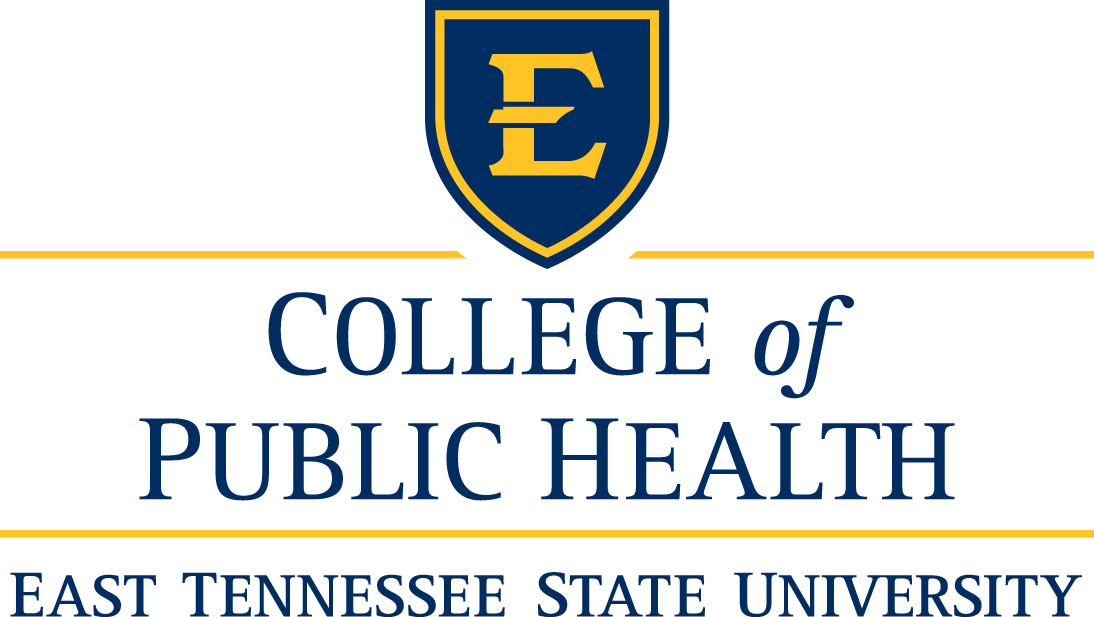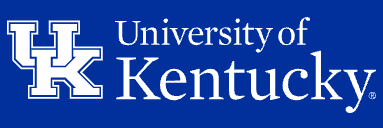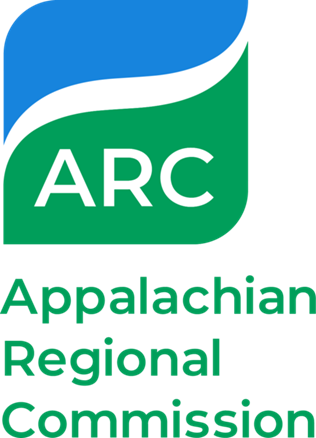Author Area of Expertise
Emily K. Flores, PharmD, BCPS (Corresponding Author)
Rural, underserved, and global pharmaceutical care, Interprofessional education, Patient assessment, Diabetes, Women’s health, Geriatrics
KariLynn Dowling-McClay, PharmD, MPH
Rural health, Community pharmacy, Public health pharmacy, Women’s health, Appalachia
Caroline Abercrombie, MD
Interprofessional education, Universal medical education, Community engagement, Experiential learning
Richard Wallace, MA, MDiv, MAOM, MPH, MSLS, EdD, AHIP
Outreach, Rural health, Medical resources
Abstract
Introduction: Education in interprofessional collaboration is vital to expand healthcare access, especially in areas of higher disparity. To address this need, interprofessional faculty collaborators incorporated undergraduate and graduate health profession students into teams at an annual Remote Area Medical event in rural Appalachia between 2017 and 2020.
Purpose: This article evaluates the impact of an interprofessional student teams model on both patient care experience and students’ interprofessional collaboration attitudes and behaviors.
Methods: Student volunteers completed pre- and post-event surveys containing questions about demographics, open-ended questions, and questions from two instruments: the Student Perceptions of Interprofessional Clinical Education-Revised Instrument, Version 2 (SPICE-R2) and the Interprofessional Collaborative Competency Attainment Scale-Revised (ICCAS-R). Quantitative data were analyzed statistically; qualitative data thematically. Tally forms collected patient care interventions that were compared to regional health disparities. Two years of survey data and four years of intervention data were analyzed.
Results: There was an increase (p < 0.001) in the post-event survey SPICE-R2 factors (teamwork, healthcare outcomes, and roles and responsibilities) in 2020 but not in 2019. ICCAS-R mean post-event composite scores increased (p < 0.05) in both 2019 and 2020. Qualitative coding of open-ended responses revealed interprofessional competency themes and provided event feedback. Over 5,900 health-disparity-focused interventions were completed between 2017 and 2020.
Implications: Students participating in interprofessional teams demonstrate changes in attitudes towards the interprofessional approach to care, an improved ability to collaborate interprofessionally, and a positive impact on patient care interventions. The findings allow educators to understand how experiential interprofessional education influences students’ interprofessional attitudes and beliefs while benefitting patient care.
DOI
https://doi.org/10.13023/jah.0502.06
Creative Commons License

This work is licensed under a Creative Commons Attribution 4.0 License.
2022 Aug JAppHealth - RAM IP Teams Manuscript - Tables and Figure.pdf
Recommended Citation
Flores EK, Dowling K, Abercrombie C, Wallace RL. Impact of interprofessional student teams at a remote area medical event in rural Appalachia. J Appalach Health 2023;5(2):66–84. DOI: https://doi.org/10.13023/jah.0502.06.
Included in
Community Health and Preventive Medicine Commons, Interprofessional Education Commons, Scholarship of Teaching and Learning Commons





Social Media Links